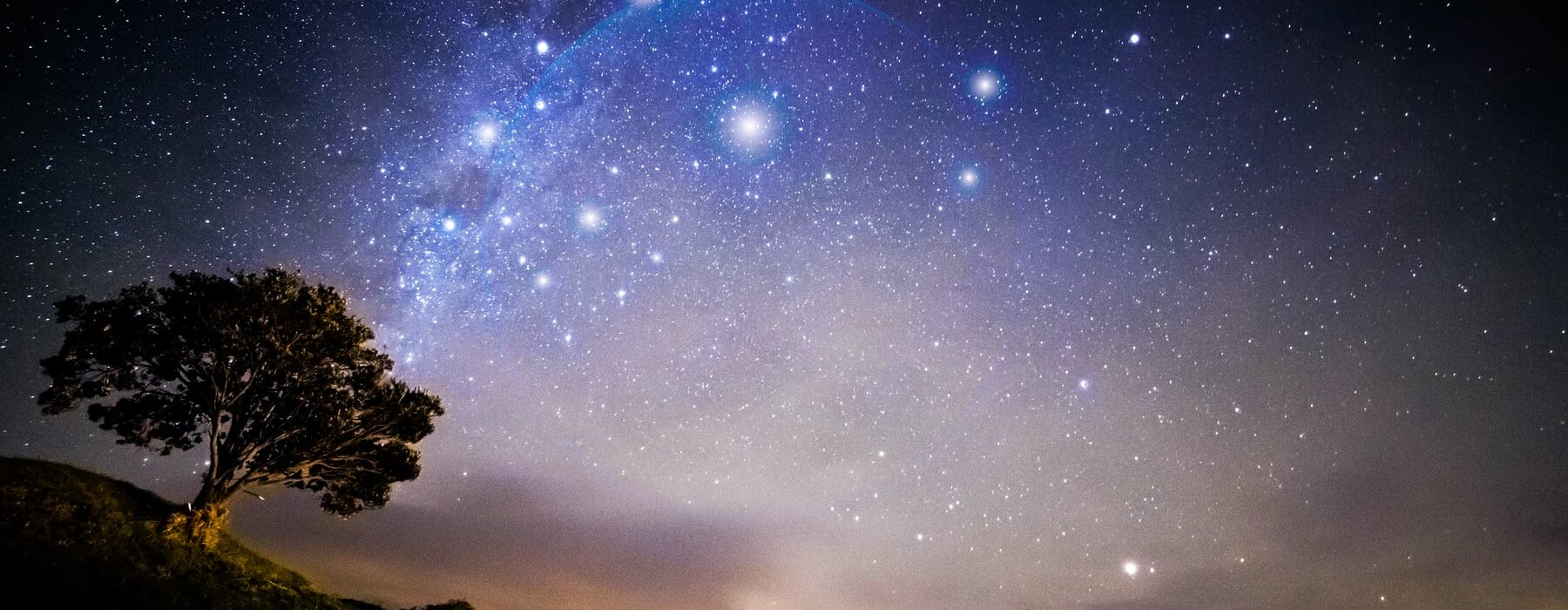
Matariki marks a significant time in the M?ori calendar, heralding the M?ori New Year with the rising of the Matariki star cluster (also known as the Pleiades). This celestial event, deeply rooted in New Zealand's culture, is a time of remembrance, celebration, and new beginnings. Traditionally, it's a period to honor those who have passed, reflect on the past, and plan for the future. Communities come together to share food, stories, and songs, creating a vibrant atmosphere of unity and hope. Understanding Matariki and its importance offers a glimpse into the rich tapestry of M?ori traditions and the way these celestial bodies guide and inspire life on Earth. Here, we'll unveil 20 fascinating facts about Matariki, each shedding light on why this time of year holds such profound significance.
What is Matariki?
Matariki is a significant event in New Zealand, marking the M?ori New Year. It is celebrated when the Matariki star cluster, also known as the Pleiades, rises in the sky. This event is rich in culture, tradition, and history.
- Matariki is the M?ori name for the Pleiades star cluster, which appears in the early morning sky in late May or early June.
- The celebration of Matariki marks the beginning of the M?ori New Year, a time for reflection, celebration, and planning for the future.
- Matariki is one of the most important cultural events for the M?ori people, deeply rooted in their traditions and beliefs.
The Stars of Matariki
The Matariki cluster consists of several stars, each with its own significance and story. These stars are celebrated and honored during the Matariki festival.
- The Matariki cluster is made up of nine stars: Matariki, P?hutukawa, Tupu?nuku, Tupu?rangi, Wait?, Wait?, Waipunarangi, Ururangi, and Hiwa-i-te-rangi.
- Each star in the Matariki cluster represents different aspects of life and the environment, such as food, water, and weather.
- Matariki, the central star, is often associated with health and well-being.
Traditions and Celebrations
Matariki is a time for various traditional activities and celebrations, bringing communities together to honor their heritage and look forward to the future.
- During Matariki, people often gather to share stories, sing songs, and perform dances that reflect their cultural heritage.
- Traditional M?ori food, such as hangi (a meal cooked in an earth oven), is often prepared and shared during Matariki celebrations.
- Planting new crops is a common practice during Matariki, symbolizing new beginnings and the hope for a bountiful harvest.
Historical Significance
Matariki has been celebrated for centuries, with its origins deeply embedded in M?ori history and mythology.
- Matariki was traditionally used by M?ori to determine the coming season's weather and to plan their agricultural activities.
- The appearance of the Matariki stars was seen as a sign to start preparing the land for planting.
- Matariki was also a time to remember those who had passed away and to honor their memory.
Modern Celebrations
In recent years, Matariki has gained more recognition and is celebrated by a wider audience, including non-M?ori communities.
- Matariki has been officially recognized as a public holiday in New Zealand, celebrated for the first time on June 24, 2022.
- Schools and educational institutions often hold special events and activities to teach students about the significance of Matariki.
- Public events, such as fireworks displays, concerts, and cultural performances, are held across New Zealand to celebrate Matariki.
Astronomy and Matariki
The astronomical aspect of Matariki is fascinating, as it connects the celebration to the natural world and the cosmos.
- The Matariki star cluster is visible to the naked eye and can be seen from various parts of the world, not just New Zealand.
- The cluster is located in the constellation Taurus and is one of the nearest star clusters to Earth.
- Matariki is best viewed in the early morning hours before dawn, during the months of May and June.
Cultural Revival
The celebration of Matariki has played a significant role in the revival and preservation of M?ori culture and traditions.
- Matariki has helped to strengthen M?ori identity and pride, encouraging younger generations to learn about and embrace their heritage.
- The festival has also fostered a greater appreciation and understanding of M?ori culture among non-M?ori communities, promoting unity and respect.
A Final Glimpse at Matariki's Wonders
Matariki, with its rich tapestry of cultural significance and celestial wonder, invites us all to look up and reflect. This constellation, more than just stars in the sky, is a harbinger of new beginnings, a time to remember those who've passed, and a celebration of the present. Through understanding Matariki, we connect deeper with the environment, our communities, and ourselves. Embracing these traditions offers a unique perspective on life's cycles and our place within them. Let's carry forward the knowledge and insights gained, ensuring Matariki's stories and traditions continue to inspire generations to come. Here's to looking up and seeing more than just stars—to seeing stories, history, and a future filled with promise.
Was this page helpful?
Our commitment to delivering trustworthy and engaging content is at the heart of what we do. Each fact on our site is contributed by real users like you, bringing a wealth of diverse insights and information. To ensure the highest standards of accuracy and reliability, our dedicated editors meticulously review each submission. This process guarantees that the facts we share are not only fascinating but also credible. Trust in our commitment to quality and authenticity as you explore and learn with us.


